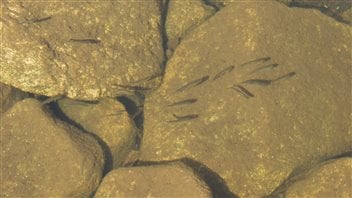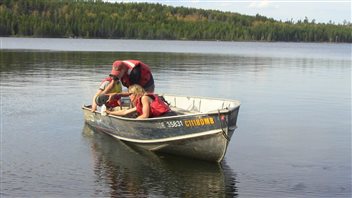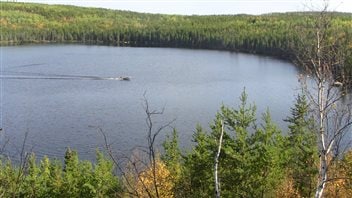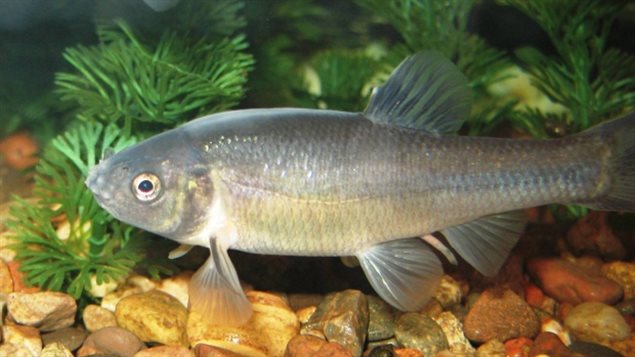A new study has found that the traces of synthetic estrogen from use of birth control pills, can have a dramatic effect on ecosystems
The study, was published in Philosophical Transactions of the Royal Society B on Monday.
Lead author is Karen Kidd. She is a biology professor at the University of New Brunswick and Canada Research Chair in chemical contamination of food webs.
Listen
It was in the 1990’s that after widespread use of birth control pills British researchers discovered that estrogen introduced in the environment was feminizing fish. When women take the pill, not all of the synthetic hormone is absorbed by the body and trace amounts are excreted into the municipal waste water system, extremely few of which are sophisticated enough to remove these or other pharmaceutical traces in the water.
Other experiments elsewhere have confirmed this “feminization” of male fish.
However, this experiment was to determine in a real-world situation whether the fish would reproduce, and if there were wider ecosystem implications.
The study was conducted at the experimental lakes area of northwestern Ontario.
What they found was that trace amounts of synthetic estrogen, used in birth control pills, had a dramatic effect on the lake’s minnows.

The amounts introduced were similar to those found in municipal treated waste water re-introduced to the environment.
The minnows examined began to be feminized by the trace amounts (in the parts per trillion) by developing egg yolk protein, and then later, eggs.
As a result of the feminization of the male minnows, reproduction was delayed or did not occur, with the result the population collapsed and almost became extirpated in the lake.

Professor Kidd says the rapid reaction to the estrogen was surprising as was the dramatic and equally rapid collapse of the minnow population which she says was a direct result of the estrogen addition to the lake.
Ripple effect on food chain
What was also of interest in this unique experiment was the ripple effect of the feminization.
With the minnow population gone, the water-borne larvae lost their predators and the insect population around the lake increased. On the other hand, the lake trout population began to decline as a result of having lost the minnows they feed on.
Kidd notes that when they stopped adding the trace estrogen to the water, the minnow population began to increase once again to it’s original level.

She points out that there are feminized fish near most of municipal treated water outfalls and that this experiment showed that there are wider effects to estrogen discharges into the environment than was previously thought.
Professor Kidd says that the fish use the same reproductive hormones as humans, and that there are such trace synthetic hormones in our tap water we drink.
She suggests that the technology is available to remove such chemicals from waste water and what society needs to determine is if we shouldn’t be spending to improve treatment facilities to remove such chemicals, known to affect ecosystems, and with as yet unknown effects on humans.
She also emphasizes the importance of a unique research area like the experimental lakes which is the only place where such research can be accomplished.







For reasons beyond our control, and for an undetermined period of time, our comment section is now closed. However, our social networks remain open to your contributions.